Home>Garden Essentials>Garden Storage>Small Front Garden Ideas: 15 Ways To Maximize Compact Spaces
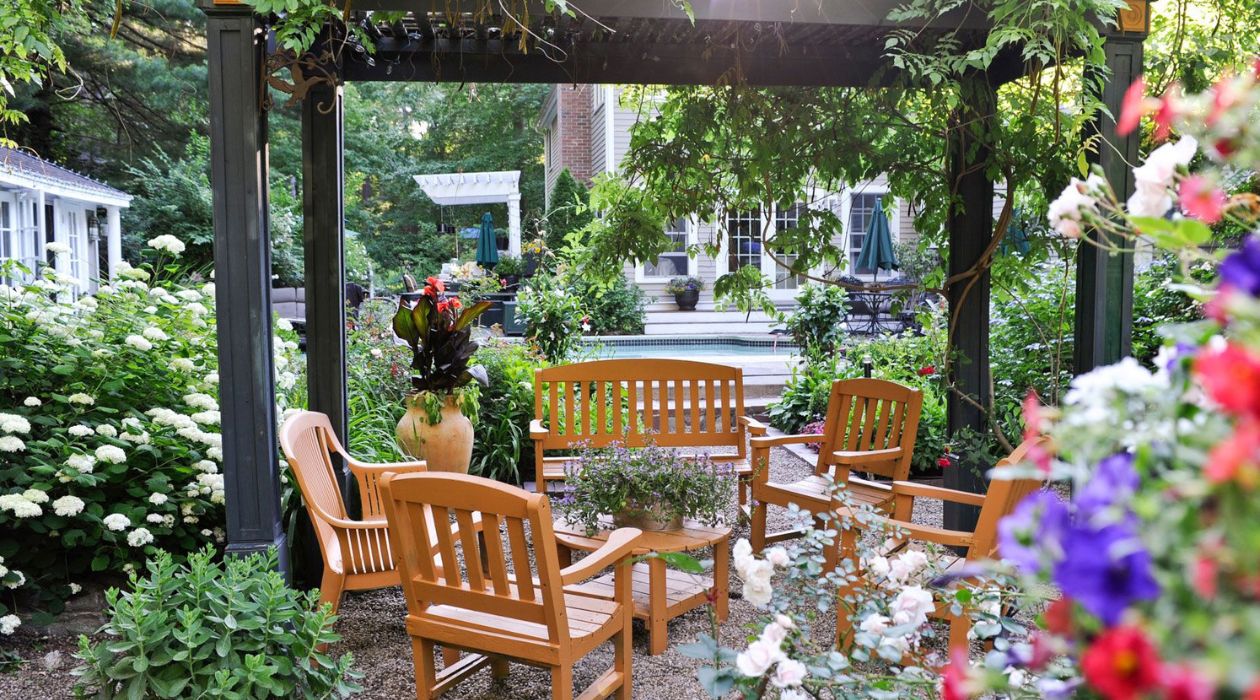

Garden Storage
Small Front Garden Ideas: 15 Ways To Maximize Compact Spaces
Modified: January 18, 2024
Looking for small front garden ideas to maximize your compact space? Discover 15 clever ways to incorporate storage solutions for a functional and organized outdoor area.
(Many of the links in this article redirect to a specific reviewed product. Your purchase of these products through affiliate links helps to generate commission for Storables.com, at no extra cost. Learn more)
Introduction
When it comes to small front gardens, maximizing the available space while creating an appealing and functional outdoor area can be a challenge. However, with a little creativity and strategic planning, you can transform your compact front garden into a beautiful oasis that will leave a lasting impression.
In this article, we will explore 15 ways to make the most of your small front garden space. From choosing the right plants to utilizing vertical gardens and incorporating decorative elements, these ideas will help you create a stunning and inviting garden that perfectly suits your style and needs.
Whether you have a tiny courtyard, a narrow strip of land, or a compact space flanking your front entrance, these ideas can be adjusted to suit any size and shape. Let’s dive in and discover how to maximize your small front garden’s potential.
Key Takeaways:
- Transform your small front garden into a stunning oasis by choosing compact plants, creating vertical gardens, and utilizing decorative elements like water features and garden lighting. With strategic planning and creativity, maximize every inch of your outdoor space.
- Incorporate hanging baskets, trellises, and living walls to maximize growing areas and add beauty to your small front garden. Enhance the aesthetic appeal with garden art and sculptures, creating captivating focal points that reflect your personal style.
Choose the Right Plants
When working with a small front garden, selecting the right plants is crucial to maximize the space and create a visually appealing design. Opt for plants that are compact in size, have a small footprint, or can be trained to grow vertically.
Consider using dwarf varieties of trees and shrubs that won’t overpower the space. Look for plants that have a long blooming period or interesting foliage to add color and texture throughout the year. Some examples include lavender, ornamental grasses, and compact flowering shrubs like hydrangeas.
Another approach is to create a vertical garden using climbing plants or trellises. This not only adds visual interest but also saves precious ground space. Select fast-growing climbers like clematis, jasmine, or climbing roses that can cover walls or fences, adding vertical beauty to your garden.
When it comes to ground cover plants, choose those that spread horizontally rather than vertically, such as creeping thyme or moss. These plants will fill in the gaps between other plants and provide a lush, carpet-like appearance.
Lastly, make sure to consider the maintenance requirements of the chosen plants. Opt for low-maintenance options to reduce the time and effort needed to care for your garden. This will allow you to enjoy your small front garden without constant upkeep.
By carefully selecting the right plants for your small front garden, you can create a visually stunning and well-utilized space that will thrive and bring beauty throughout the year.
Create a Vertical Garden
When dealing with limited space in a small front garden, utilizing vertical space is a smart and efficient way to maximize the area. Creating a vertical garden not only adds visual interest but also allows you to grow more plants in a smaller footprint.
There are various ways to incorporate vertical gardening into your small front garden. One option is to install trellises against walls or fences and grow climbing plants such as flowering vines or ivy. This not only adds charm and greenery but also helps to cover unsightly surfaces.
Another popular option is to use hanging planters or baskets. Hang them from your porch ceiling or install hooks on walls or fences to create a cascading effect. Fill these planters with trailing plants like petunias, bacopa, or creeping Jenny to add vibrant colors and create a lush visual display.
You can also consider using wall-mounted planters or create a living wall by attaching pots or planting pockets vertically to a structure. This allows you to create a beautiful green wall, providing a striking focal point for your small front garden.
When creating a vertical garden, it’s essential to ensure proper irrigation and drainage. Consider using a drip irrigation system or self-watering planters to make watering more convenient and efficient. Additionally, choose plants that are suitable for vertical growth and have compact root systems to thrive in smaller containers or planting pockets.
By implementing a vertical garden in your small front garden, you can not only maximize the available space but also create an eye-catching and unique outdoor display.
Opt for Ornamental Grasses
When it comes to adding texture, movement, and visual interest to your small front garden, ornamental grasses are an excellent choice. These versatile plants offer a range of sizes, colors, and shapes, making them ideal for compact spaces.
Ornamental grasses are known for their graceful foliage and can create a stunning display when planted in groups or drifts. Their airy plumes and feathery seed heads add a touch of elegance and can sway in the breeze, bringing life and movement to your garden.
One of the advantages of using ornamental grasses in a small front garden is their vertical growth habit. Unlike dense shrubs or wide-spreading plants, grasses tend to grow upwards, adding height without overwhelming the space. This makes them perfect for creating a sense of depth and providing a layered look to your garden design.
Additionally, ornamental grasses are relatively low-maintenance and can withstand a variety of growing conditions. They are drought-tolerant and require minimal pruning, making them an ideal choice for busy homeowners or those who want a low-maintenance garden.
There is a wide variety of ornamental grasses to choose from, ranging in height, color, and texture. Some popular options include feather reed grass (Calamagrostis), fountain grass (Pennisetum), and blue fescue (Festuca). Research the specific requirements of each grass and select ones that are suitable for your climate and desired aesthetic.
By incorporating ornamental grasses into your small front garden, you can add beauty and elegance while maximizing the available space. These versatile plants will bring movement, texture, and effortless style to your outdoor oasis.
Use Pots and Containers
In a small front garden, space optimization is key, and using pots and containers is a practical and stylish solution. Pots and containers provide versatility and allow you to add plants and decorative elements in a controlled and compact way.
One of the advantages of using pots and containers is that they can be easily moved and rearranged. This flexibility allows you to experiment with different layouts and designs, ensuring that your small front garden always looks fresh and inviting.
When selecting pots and containers, consider their size and proportion to the available space. Opt for containers that are large enough to accommodate the plant roots but not too bulky to overpower the area. You can choose different sizes and heights to create visual interest and variation.
Another benefit of using pots and containers in a small front garden is the ability to add color and texture. Select pots in different materials, such as terracotta, ceramic, or metal, to add visual diversity. Choose plants with vibrant flowers or interesting foliage to create focal points and create a vibrant and dynamic outdoor space.
Additionally, containers offer the opportunity to grow plants that may not be suitable for your garden soil or climate. You can easily control and customize the soil conditions for each plant, ensuring their optimal growth and health.
Don’t limit yourself to plants alone – use containers to display decorative elements such as statues, lanterns, or even a mini water feature. These additions will add charm and personality to your small front garden, transforming it into a true outdoor sanctuary.
Ensure proper drainage in your pots and containers by adding drainage holes or using a layer of rocks or gravel at the bottom. This will prevent waterlogged soil and keep your plants healthy.
By incorporating pots and containers into your small front garden, you can maximize the available space, add visual interest, and create a flexible and customizable outdoor area that reflects your personal style.
Build Raised Garden Beds
When dealing with a small front garden, building raised garden beds can be a game-changer. Raised beds not only provide extra growing space but also offer numerous benefits such as improved drainage, better soil quality, and easier maintenance.
One of the advantages of raised garden beds is that they allow you to control the soil quality and composition. This is particularly beneficial if you have poor soil conditions in your front garden. By filling the raised beds with nutrient-rich soil, you provide an ideal growing environment for your plants.
In a small front garden, raised beds can be designed to fit the available space, making efficient use of every square inch. Building tiered raised beds can create a multi-level effect, adding depth and visual interest to your garden design.
Consider incorporating different heights and shapes for your raised garden beds, creating a dynamic and varied landscape. This can add a sense of dimension to your small front garden, making it look larger and more visually appealing.
Another benefit of raised garden beds is that they make gardening tasks such as planting, watering, and weeding much easier. The elevated design eliminates the need to bend down, reducing strain on your back and knees.
In addition to planting flowers, vegetables, and herbs, raised beds can also be used for vertical gardening. Install trellises or attach wall-mounted planters to the sides of the raised beds, allowing climbing plants to grow upwards and maximize the available space.
When constructing raised garden beds, choose materials that are durable and weather-resistant. Popular options include wood, metal, or composite materials. Ensure that the dimensions of the raised beds are appropriate for your space, considering both width and height.
By incorporating raised garden beds into your small front garden, you can make efficient use of the available space, improve plant growth, and create an aesthetically pleasing and functional outdoor area.
Incorporate a Water Feature
Adding a water feature to your small front garden can create a sense of tranquility, serenity, and visual interest. The soothing sound of flowing water and the reflection of light can transform your outdoor space into a peaceful oasis.
When choosing a water feature for a small front garden, consider the available space and scale. Opt for smaller fountains, birdbaths, or cascading waterfalls that won’t overwhelm the area. Compact and wall-mounted water features can be a great choice as they maximize vertical space.
A small bubbling fountain or a tabletop water feature can be placed on a porch, near the entrance, or in a corner of your garden to add a touch of elegance and relaxation. These features not only create a soothing ambiance but also attract birds and wildlife, adding another layer of beauty to your outdoor space.
If space allows, consider incorporating a small pond or reflecting pool. These water features can be designed to suit the size and shape of your small front garden while adding a sense of depth and tranquility. Surround the pond with water-loving plants and include seating areas nearby to create a serene retreat.
When installing a water feature, pay attention to the water source, filtration, and circulation system. Ensure that the water stays clean and hygienic by using appropriate filters and regularly maintaining the feature. If electricity is required for the water feature, consult a professional to ensure safe installation.
Illuminate your water feature with outdoor lighting to create a dramatic effect during the evening hours. Submerged or floating lights can highlight the water and bring a magical glow to your small front garden.
By incorporating a water feature in your small front garden, you can create a peaceful and captivating focal point that will delight both you and your visitors.
Install Garden Lighting
Proper garden lighting can transform the look and feel of your small front garden, adding visual appeal and enhancing the ambiance during the evening hours. It not only extends the time you can enjoy your outdoor space but also provides safety and security.
When it comes to garden lighting, there are various options to consider. One popular choice is to use pathway lights to illuminate the walkway leading up to your front entrance. These lights not only guide visitors but also create a warm and welcoming atmosphere.
Consider installing low-voltage LED lights along the edges of flower beds, highlighting the beauty of your plants and adding a soft glow to your garden. This can create a dramatic effect and enhance the overall aesthetics of your small front garden.
Another option is to use uplights or spotlights to highlight architectural features, statues, or focal points in your garden. These lights can create interesting shadows and bring attention to specific elements, adding depth and visual interest to your outdoor space.
String lights or fairy lights can add a whimsical and charming touch to your small front garden. Hang them across trees, along fences, or around pergolas to create a magical atmosphere and a cozy ambiance.
When planning your garden lighting, keep in mind the energy efficiency and longevity of the lights. LED lights are an excellent choice as they consume less energy and have a longer lifespan compared to traditional incandescent bulbs.
Use timers or motion sensors to automatically turn on the lights in the evening and save energy. This will ensure that your small front garden is beautifully illuminated even when you are not around.
By installing garden lighting in your small front garden, you can create a stunning and inviting outdoor space that can be enjoyed day and night.
Add a Garden Bench or Seating Area
A small front garden can be transformed into a cozy and inviting space by incorporating a garden bench or seating area. Providing a place to sit and relax allows you to fully enjoy your outdoor oasis and adds a functional element to your garden design.
Choose a bench or seating area that fits the scale and style of your small front garden. Opt for compact benches or chairs that won’t overwhelm the space. Consider materials such as wood, wrought iron, or weather-resistant resin, depending on your preferred aesthetics and durability requirements.
Place the bench strategically, taking into account the best views or focal points in your garden. If space allows, create a seating area by adding a table and additional chairs. This will provide a perfect spot to enjoy a cup of tea, read a book, or simply admire your garden.
Enhance the comfort and coziness of your seating area by adding cushions or outdoor pillows. These not only provide extra comfort but also add a pop of color and can be changed seasonally to create a fresh look.
Consider adding shade to your seating area by incorporating an umbrella, pergola, or shade sail. This will protect you from the sun during hot summer days and create a more comfortable and enjoyable outdoor space.
When designing your seating area, pay attention to the landscaping around it. Surround the bench or seating area with fragrant flowers, herbs, or ornamental grasses to create a delightful sensory experience. Use potted plants or hanging baskets to add vertical greenery and create a lush and beautiful atmosphere.
Add lighting to your seating area to make it usable during the evening hours. String lights or lanterns can create a cozy and romantic ambiance, while overhead lighting or wall-mounted fixtures ensure safety and visibility.
By adding a garden bench or seating area to your small front garden, you create a space that encourages relaxation and contemplation, allowing you to fully enjoy the beauty of your outdoor sanctuary.
Consider using vertical gardening techniques such as trellises, hanging baskets, and wall-mounted planters to maximize space in a small front garden. This allows you to add greenery without taking up valuable ground space.
Utilize Mirrors for Illusion of Space
In a small front garden, creating the illusion of space is essential to make the area appear larger and more open. One effective way to achieve this is by strategically placing mirrors in your garden design.
By reflecting light and creating the illusion of depth, mirrors can visually expand the boundaries of a small front garden. They bounce light around the space, making it feel more bright and spacious, even in limited natural light conditions.
When using mirrors in your garden, consider their placement and size. Install them on fences, walls, or trellises where they can reflect the surrounding greenery, flowers, or architectural elements.
Choose mirrors that are weather-resistant and designed for outdoor use. Look for options with frames that complement your garden style, whether it’s rustic, modern, or traditional.
Consider incorporating mirrors in your garden in different shapes and sizes. Round mirrors can create a whimsical and playful look, while rectangular or square mirrors can add a sense of structure and balance.
Be mindful of where you position the mirrors to avoid creating glare or reflecting undesirable views. Instead, focus on capturing the best angles and views of your garden to enhance its natural beauty.
In addition to creating the illusion of space, mirrors can also serve as focal points or artistic elements in your garden design. Consider using mosaic or ornate mirrors to add a touch of elegance and artistic flair.
Remember to clean and maintain the mirrors regularly to ensure they remain clear and reflective. Over time, outdoor elements can cause them to become dirty or hazy, reducing their effectiveness in creating the desired illusion of space.
By strategically placing mirrors in your small front garden, you can visually expand the area, create a brighter and more open space, and enhance the overall aesthetic appeal of your outdoor sanctuary.
Create a Mini Herb Garden
A small front garden can be both beautiful and functional by incorporating a mini herb garden. Adding herbs to your outdoor space not only adds a pop of greenery but also provides you with a fresh supply of flavorful ingredients for cooking and a delightful fragrance.
When creating a mini herb garden, consider the available space and choose herbs that are suitable for a compact setting. Opt for herbs that are known for their versatility, compact growth, and ability to thrive in containers.
Herbs like basil, thyme, rosemary, and mint are great options for a small front garden. They can be grown in pots, raised beds, or even hanging baskets, allowing you to utilize vertical space effectively.
Choose containers or pots that are appropriate for the size of the herbs. Make sure they have drainage holes and use well-draining potting soil to ensure the herbs are healthy and thriving.
Position your mini herb garden in a sunny spot that receives at least six hours of direct sunlight each day. Most herbs thrive in sunny locations and require good light to develop strong flavors.
Consider grouping your herbs together in a visually appealing arrangement. You can arrange them by height, color or create a mosaic-like pattern. This will not only make the herbs easier to care for but also creates a beautiful focal point in your small front garden.
Herbs are relatively low-maintenance, but they do require regular watering and occasional pruning. Ensure that the soil is consistently moist but not waterlogged, as herbs prefer well-drained conditions.
Regularly harvest the herbs to encourage healthy growth and to enjoy their flavors in your culinary creations. Freshly picked herbs not only taste better but also provide a delightful fragrance to your outdoor space.
In addition to their culinary uses, herbs can also attract beneficial insects and pollinators to your small front garden, further enhancing its ecosystem and biodiversity.
By creating a mini herb garden in your small front garden, you not only add a functional element but also a beautiful and aromatic addition that can truly enhance your outdoor living experience.
Install Trellises for Climbing Plants
In a small front garden, space optimization is crucial, and utilizing vertical space can help maximize the growing area. Installing trellises for climbing plants is an effective way to add beauty, privacy, and a sense of verticality to your outdoor space.
Trellises provide a support structure for climbing plants, allowing them to grow upwards rather than sprawling across the ground. This vertical growth habit ensures that your small front garden remains visually appealing and well-utilized.
Choose trellises that are sturdy, weather-resistant, and suited for your desired climbing plants. Consider the size and design of the trellises to ensure they complement the overall aesthetics of your garden.
When selecting climbing plants, consider the available sunlight, climate, and maintenance requirements. Popular choices include flowering vines like clematis, climbing roses, jasmine, or morning glory. You can also opt for edible climbers like cucumbers or beans if you wish to incorporate both beauty and functionality into your small front garden.
Position the trellises strategically, providing support near walls, fences, or other vertical structures. This not only adds greenery and texture to your garden but also creates a sense of privacy and adds depth to the overall design.
Prune the climbing plants regularly to maintain their shape and prevent them from overtaking the trellises or neighboring plants. This will help you control the size and keep your small front garden well-maintained.
In addition to their visual appeal, climbing plants also offer other benefits. They can provide shade to nearby areas, reduce noise pollution, and attract birds and butterflies to your small front garden.
Remember to water the climbing plants regularly, especially during dry spells, as they may need extra moisture to thrive. Moisture-retaining mulch can also be beneficial in keeping the soil moist and preventing weed growth.
By installing trellises for climbing plants in your small front garden, you can create a vertical oasis, maximize the growing area, and add a captivating and natural element to your outdoor space.
Design with Decorative Pathways
Creating a well-designed pathway in your small front garden not only adds functionality but also enhances the overall aesthetics and flow of the space. A decorative pathway can serve as a focal point and guide visitors through your outdoor oasis.
When designing a pathway, consider the available space and choose a width that is appropriate for your small front garden. Opt for a design that complements the style of your garden, whether it’s traditional, modern, or rustic.
There are various materials you can use for your pathway, such as gravel, pavers, bricks, or natural stone. Each material offers its own unique charm and can be selected based on your personal preferences and the overall theme of your garden.
Consider incorporating curves or meandering patterns in your pathway design. This helps create visual interest and a relaxed atmosphere in your small front garden. Straight lines can work well in more formal settings.
Use edging materials like bricks, stones, or plants to define and accentuate the pathway. Edging enhances the overall structure and prevents the pathway from spilling into the surrounding garden beds.
Another way to elevate the design of your pathway is by adding decorative elements. Consider incorporating mosaic patterns, inlaid designs, or interspersing stepping stones for a visually stunning effect.
Lighting is essential for both safety and aesthetics along your pathway. Illuminate the pathway with small stake lights or solar-powered lighting fixtures that can be easily installed. This will ensure that your small front garden is accessible and inviting even during the evening hours.
Use plants and flowers to soften the edges of your pathway. Border the pathway with low-growing plants such as lavender, alyssum, or ornamental grasses. This not only adds beauty but also gives a delightful fragrance as you walk through your garden.
Regularly maintain and clear your pathway to keep it inviting and unobstructed. Remove weeds, trim overhanging plants, and sweep away debris to ensure a clean and well-manicured appearance.
By designing a decorative pathway in your small front garden, you not only create a functional walkway but also add structure, beauty, and a sense of direction to your outdoor space.
Read more: How To Maximize Small Closet Space
Utilize Hanging Baskets
When space is limited in a small front garden, utilizing vertical space is key. Hanging baskets provide an excellent opportunity to add greenery, color, and visual interest without taking up valuable ground space.
Choose hanging baskets that are appropriate for the size and weight capacity of your desired plants. Consider the material and design of the baskets, ensuring they complement the overall style of your garden.
Hanging baskets can be hung from pergolas, arches, fences, or walls to create a cascading effect. They can also be suspended from hooks or brackets attached to the exterior of your home or porch.
When selecting plants for your hanging baskets, consider those that thrive in partial sunlight or shade, as they will receive less direct sunlight when hung. Flowers such as petunias, impatiens, or begonias are popular choices for their vibrant colors and trailing growth habits.
Alternatively, consider using hanging baskets for growing herbs or small vegetables. Plants like cherry tomatoes, strawberries, or trailing herbs like thyme or oregano not only look beautiful but also provide fresh ingredients for your culinary creations.
As with any container planting, ensure that your hanging baskets have proper drainage to prevent waterlogging. Use well-draining potting soil and water the baskets regularly, as they can dry out more quickly than plants in the ground.
One advantage of hanging baskets is their portability. You can easily move them around to change the display or protect the plants during extreme weather conditions.
Consider grouping hanging baskets together to create a visually impactful display. You can mix and match different sizes, colors, and plant varieties to create a stunning focal point in your small front garden.
Regularly maintain your hanging baskets by removing spent blooms and checking for pests or diseases. Prune or trim the plants as needed to maintain their shape and prevent them from outgrowing the space.
By utilizing hanging baskets in your small front garden, you can add a lush and vibrant display of flowers, herbs, or vegetables while conserving valuable ground space.
Install a Living Wall
To maximize space and create a stunning focal point in your small front garden, consider installing a living wall. Also known as a vertical garden or green wall, this innovative feature allows you to grow plants vertically on a wall or structure.
A living wall not only adds beauty and visual interest but also provides numerous benefits. It can improve air quality, reduce noise pollution, and even help insulate your home by providing an extra layer of insulation.
There are a few different approaches to creating a living wall. One option is to use modular planting systems that can be attached to a wall or fence. These systems typically consist of pockets or containers where you can plant a variety of flowers, herbs, or even small shrubs.
Another method is to use a trellis or wire mesh structure to support climbing or trailing plants that will eventually cover the wall. This creates a natural and lush green backdrop for your small front garden.
Prior to installing a living wall, ensure that the chosen wall or structure can support the weight of the plants and plan for proper irrigation and drainage. Consult with a professional if needed to ensure proper installation and maintenance.
When selecting plants for your living wall, consider those that thrive in vertical growing conditions. Choose plants with shallow root systems and those that require similar sunlight and water requirements.
Succulents, ferns, herbs, and trailing foliage plants are popular choices for living walls. Mix and match different textures, colors, and sizes to create a visually stunning and dynamic living display.
Regularly water and maintain your living wall, as vertical gardens can dry out more quickly. Use a drip irrigation system or manually water the plants to ensure they receive adequate moisture.
Prune or trim the plants as needed to maintain their shape and prevent them from becoming overgrown. Remove any dead or yellowing leaves to keep the living wall looking fresh and vibrant.
A living wall can be an impressive and unique addition to your small front garden. It not only enhances the visual appeal but also brings a sense of life and nature to your outdoor space.
Incorporate Garden Art and Sculptures
To add a touch of personality and enhance the aesthetic appeal of your small front garden, consider incorporating garden art and sculptures. These artistic elements can become focal points, create visual interest, and reflect your personal style.
When selecting garden art and sculptures, choose pieces that complement the overall theme and vibe of your garden. Consider the size and scale of your space to ensure that the art doesn’t overpower or overcrowd the area.
You can opt for a variety of garden art, such as statues, sculptures, birdbaths, wind chimes, or garden stakes. Select pieces that resonate with you and evoke emotions or capture your interests.
Place garden art strategically, considering the best viewing angles and the flow of your small front garden. Position sculptures near paths, entrances, or focal points to create a sense of discovery and intrigue for visitors.
Consider the materials of the garden art and sculptures to ensure they can withstand outdoor elements. Choose durable materials like metal, stone, or weather-resistant resin to ensure longevity and minimal maintenance.
Include colorful elements to create visual focal points in your garden. Use painted sculptures or choose colorful flowers or plants nearby to enhance the overall impact of the art piece.
Lighting can also play a significant role in highlighting your garden art and sculptures. Install landscape lighting to illuminate the pieces strategically, creating a dramatic effect during evening hours and turning your small front garden into a captivating outdoor gallery.
Rotate or change the garden art periodically to keep your small front garden fresh and exciting. This allows you to showcase different art pieces throughout the year or experiment with new styles and themes.
Don’t be afraid to get creative and make your own garden art or sculptures. Upcycled materials or DIY projects can add a unique and personal touch to your small front garden, reflecting your artistic vision.
By incorporating garden art and sculptures into your small front garden, you add character, individuality, and a delightful element of surprise. It transforms your outdoor space into a work of art that brings joy and inspires all who visit.
Conclusion
Creating a beautiful and functional small front garden is possible with strategic planning and creativity. By implementing the ideas discussed in this article, you can transform your compact outdoor space into a stunning oasis that maximizes every inch.
Choosing the right plants, creating vertical gardens, and utilizing containers and raised beds are all effective ways to optimize space and add greenery to your small front garden. Incorporating decorative elements like water features, garden lighting, and seating areas enhances both the visual appeal and functionality of the space.
By using mirrors and decorative pathways, you can create the illusion of space and guide visitors through your garden. Hanging baskets, trellises, and living walls allow for vertical gardening, adding beauty and maximizing growing areas.
Lastly, incorporating garden art and sculptures adds a personal touch and creates captivating focal points in your small front garden.
Remember to maintain your garden by watering, pruning, and regularly tending to the plants and decorative elements. This will ensure that your small front garden remains vibrant, healthy, and inviting throughout the seasons.
With careful planning, attention to detail, and a bit of creativity, your small front garden can become a haven of beauty, serenity, and functionality. Whether you have a city courtyard or a narrow strip of land, let your imagination soar and create a space that brings joy and inspiration to you and all who visit.
Frequently Asked Questions about Small Front Garden Ideas: 15 Ways To Maximize Compact Spaces
Was this page helpful?
At Storables.com, we guarantee accurate and reliable information. Our content, validated by Expert Board Contributors, is crafted following stringent Editorial Policies. We're committed to providing you with well-researched, expert-backed insights for all your informational needs.
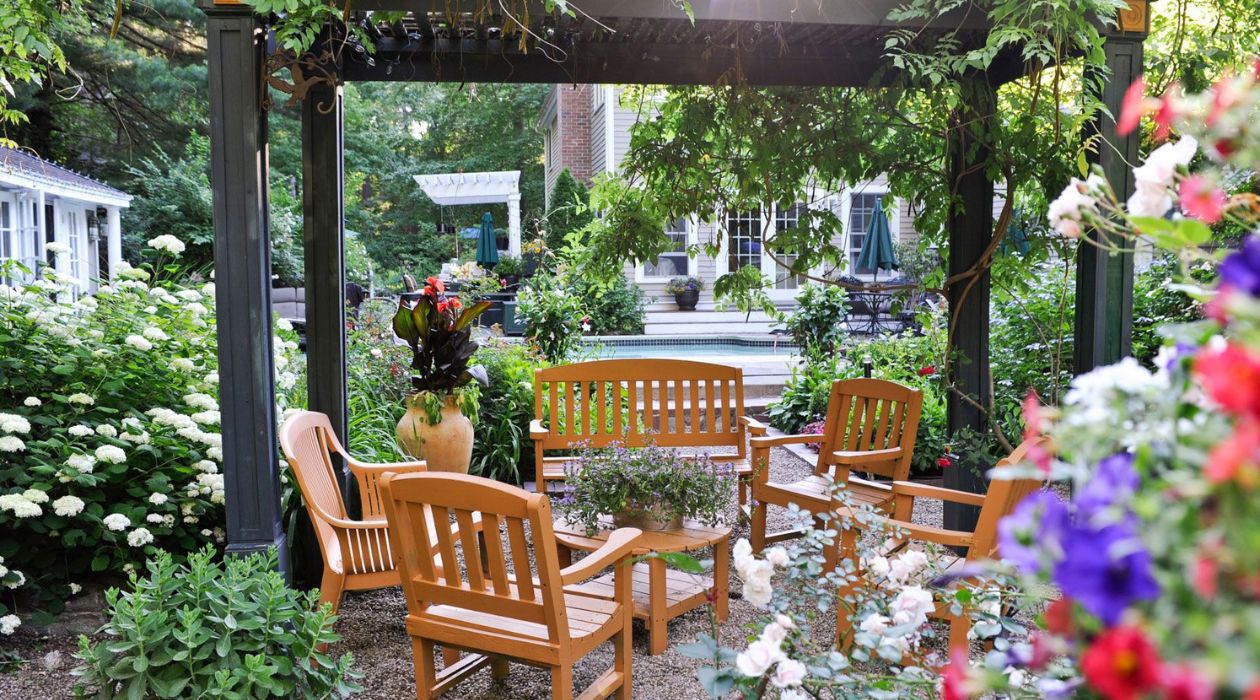
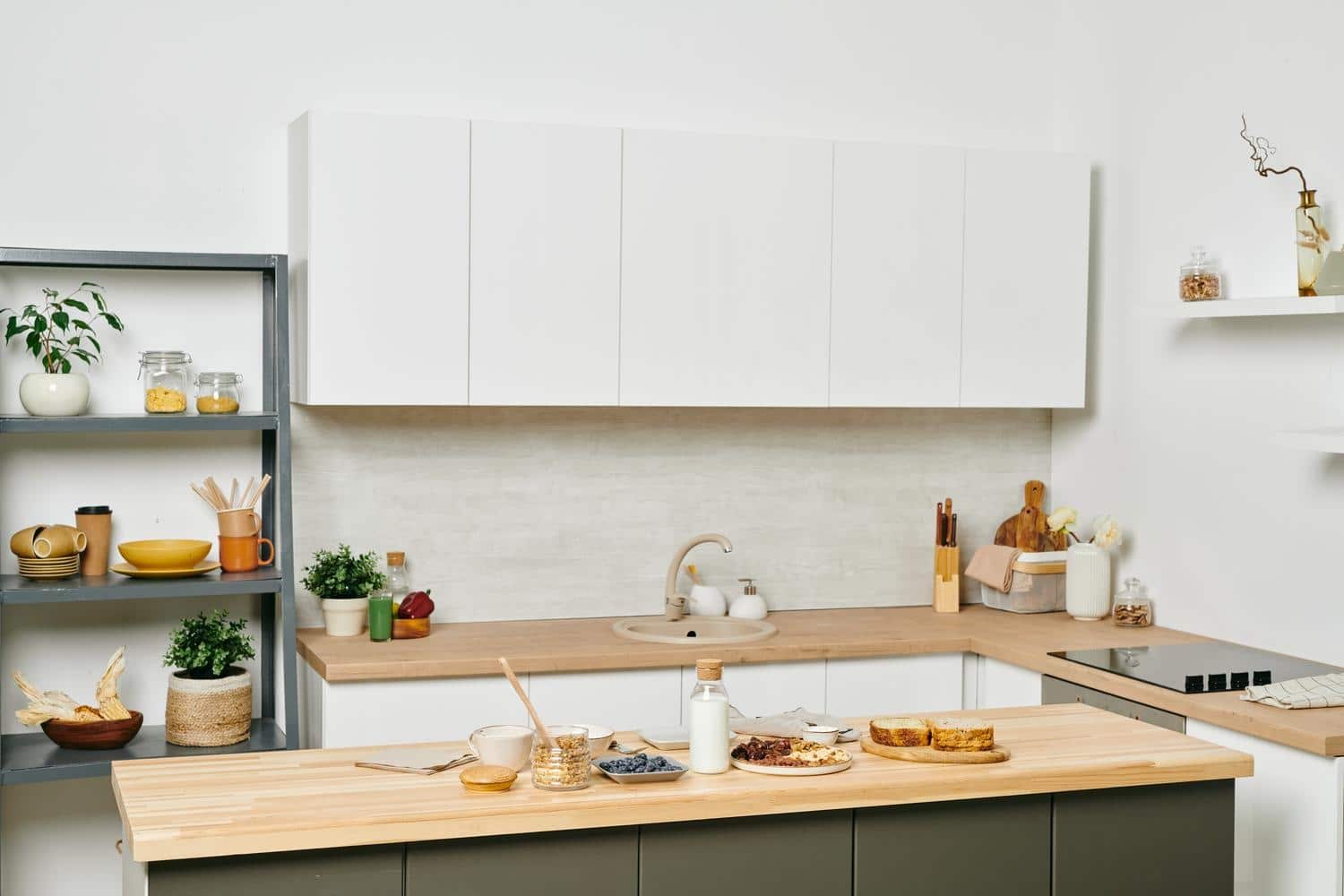
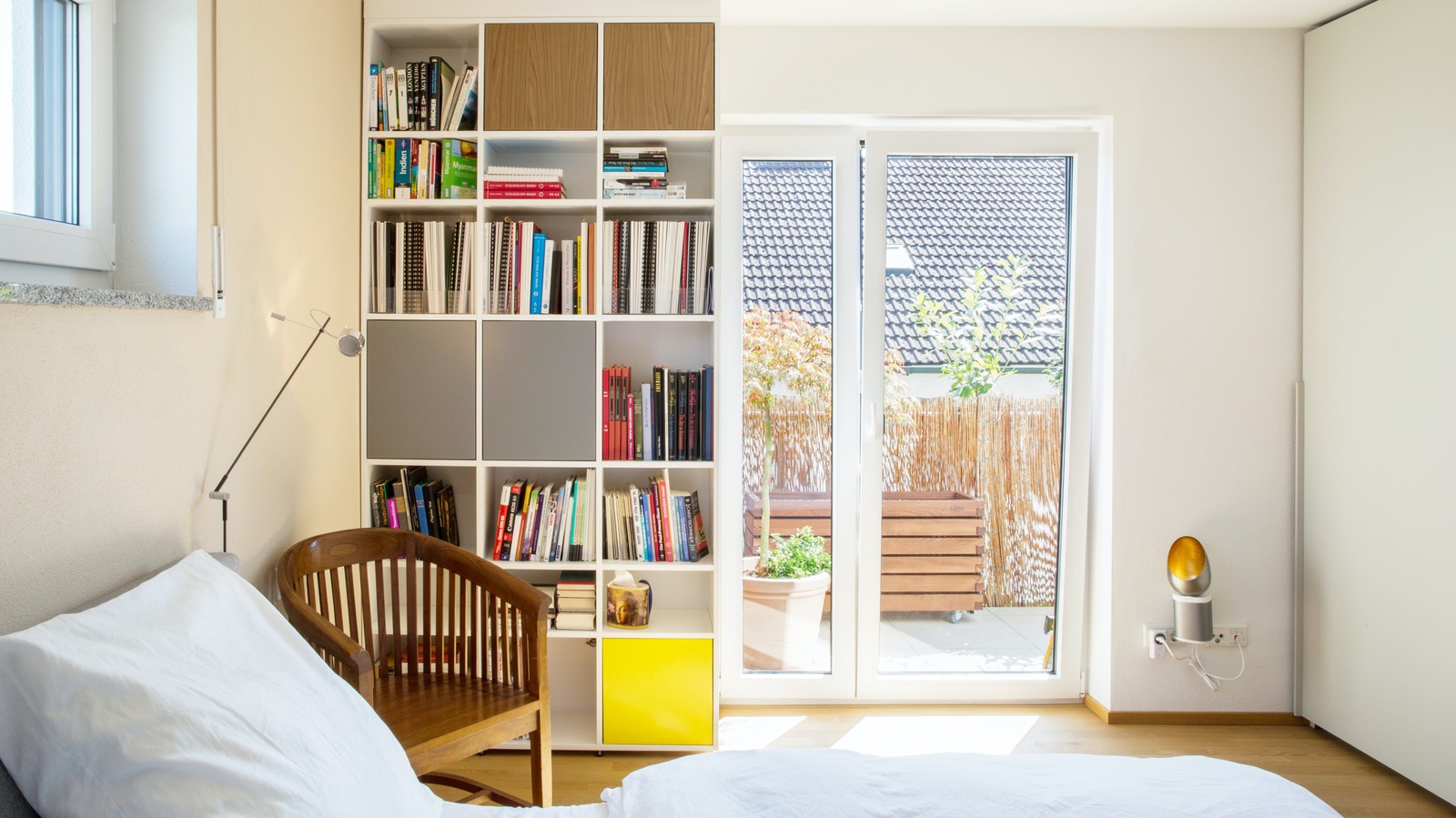
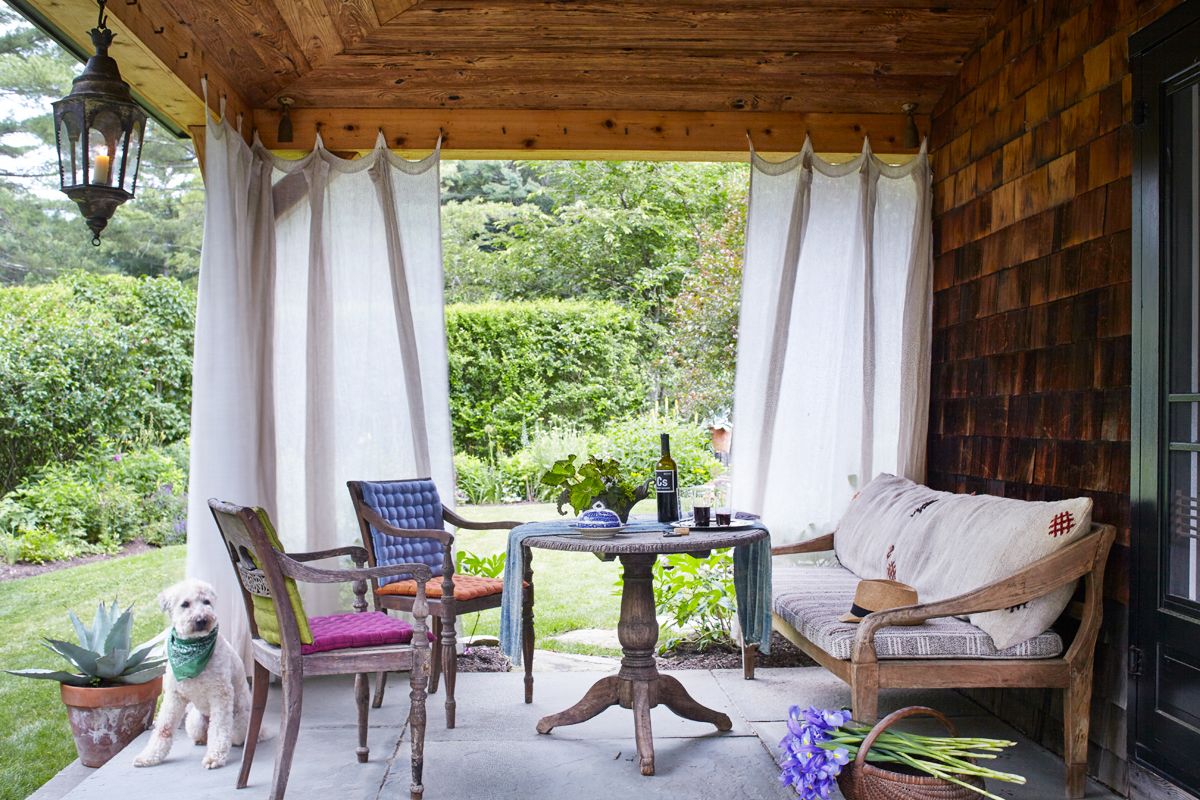
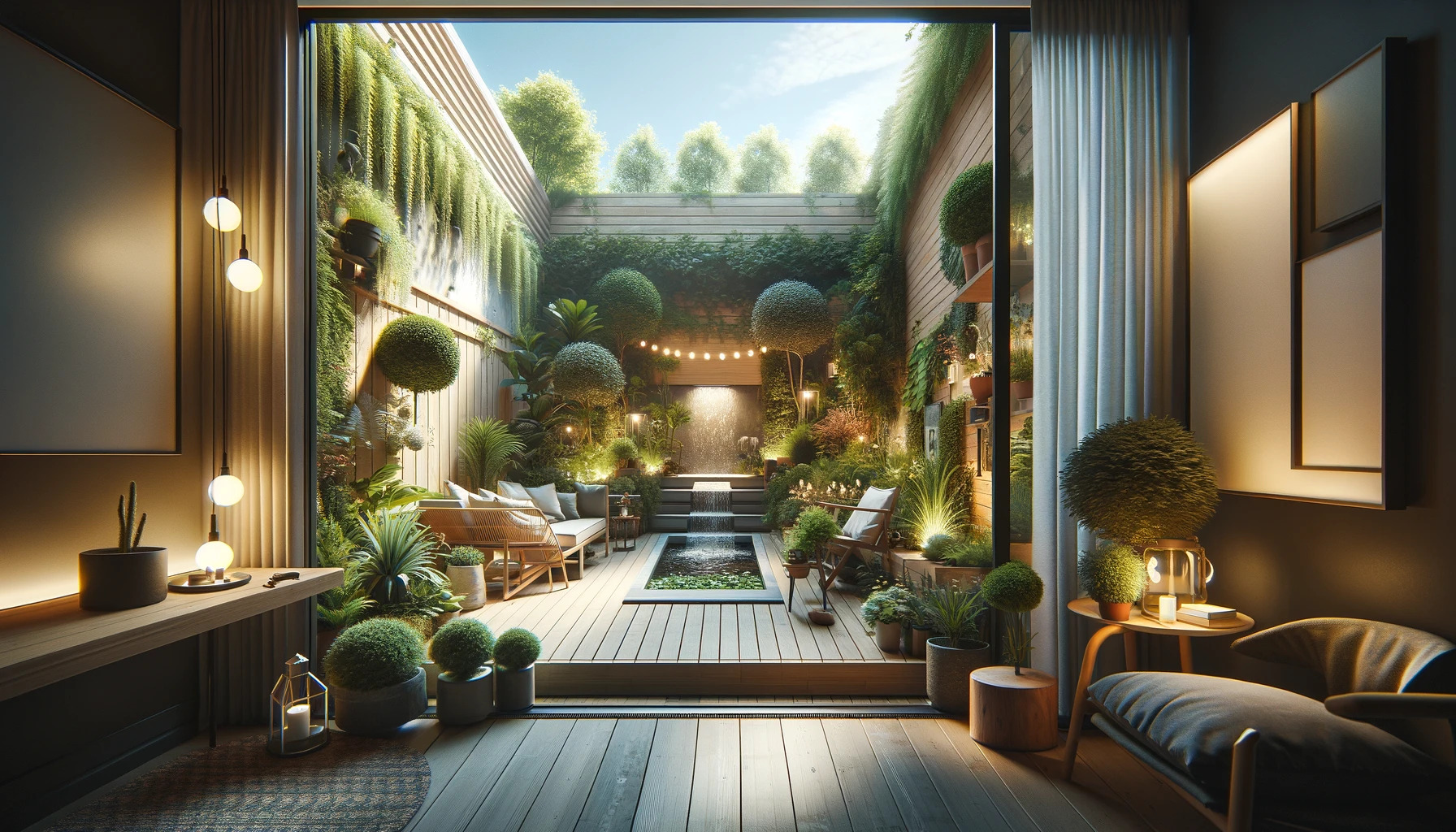
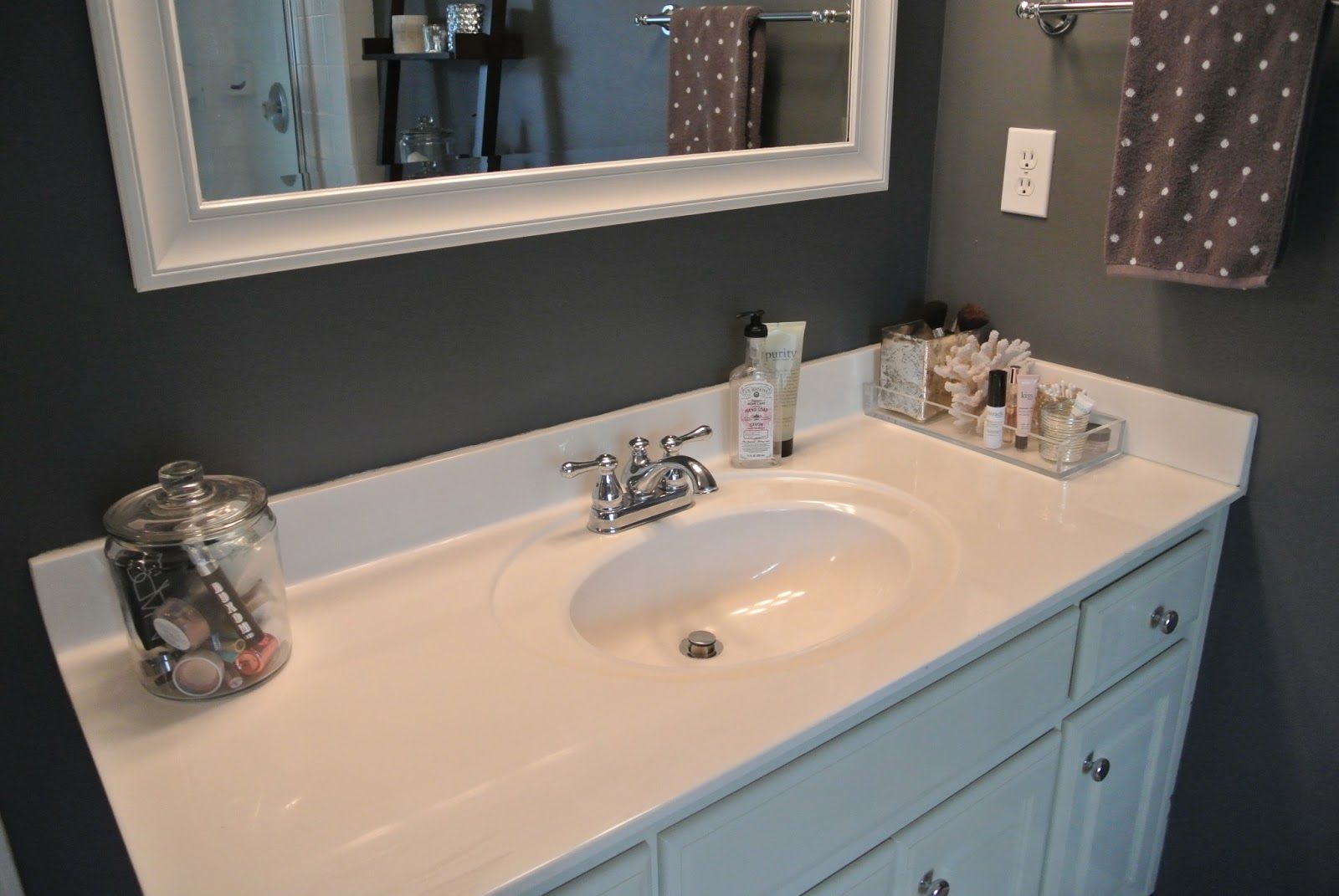
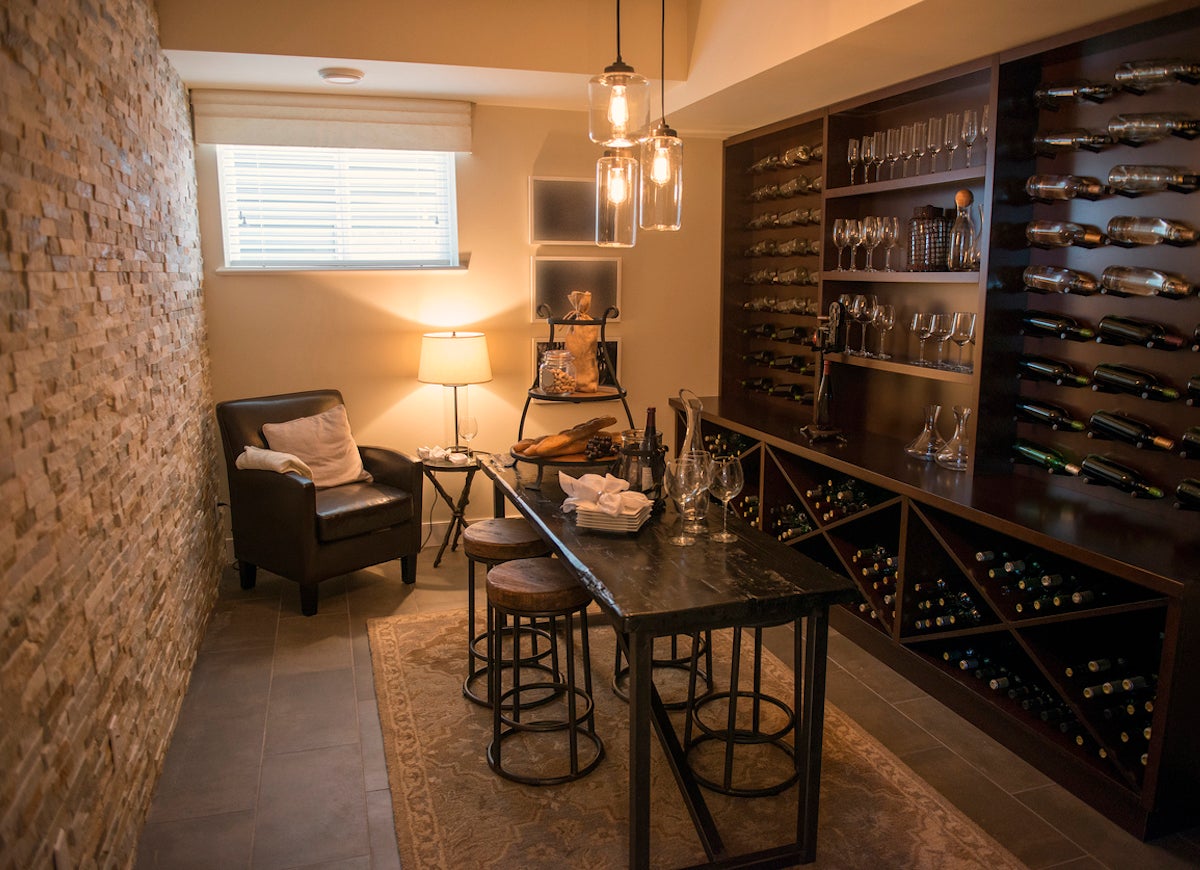
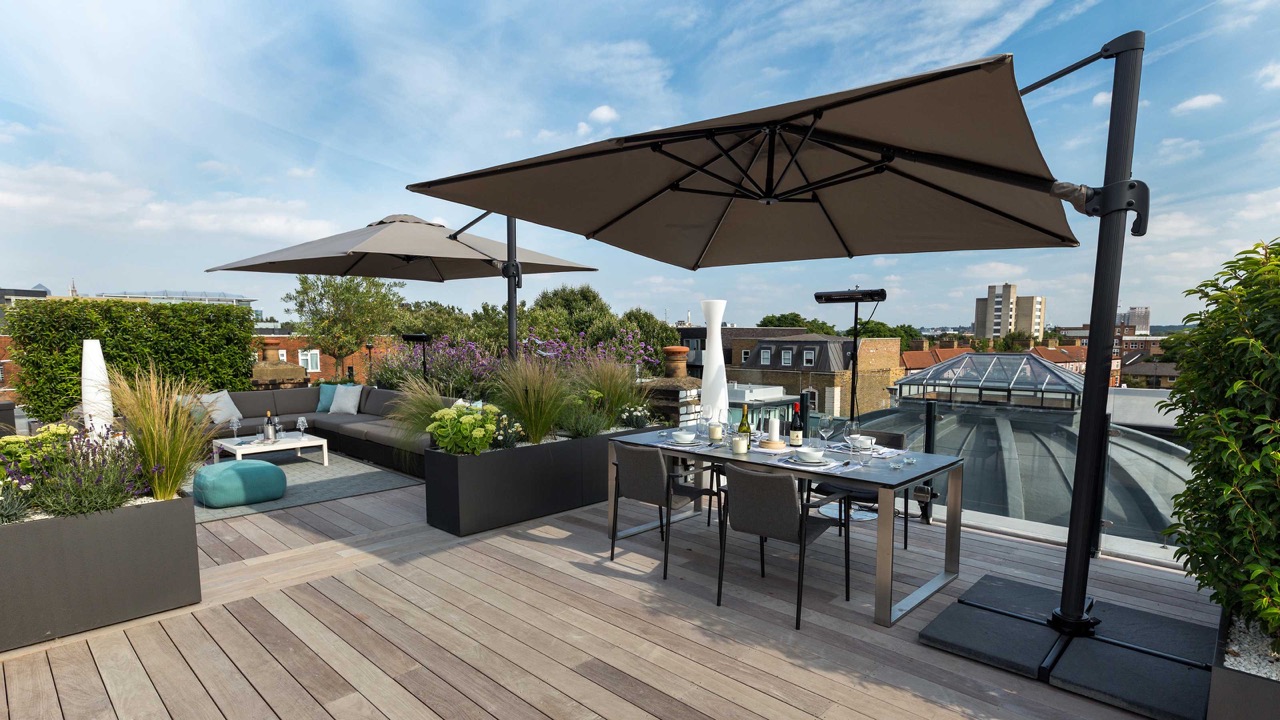
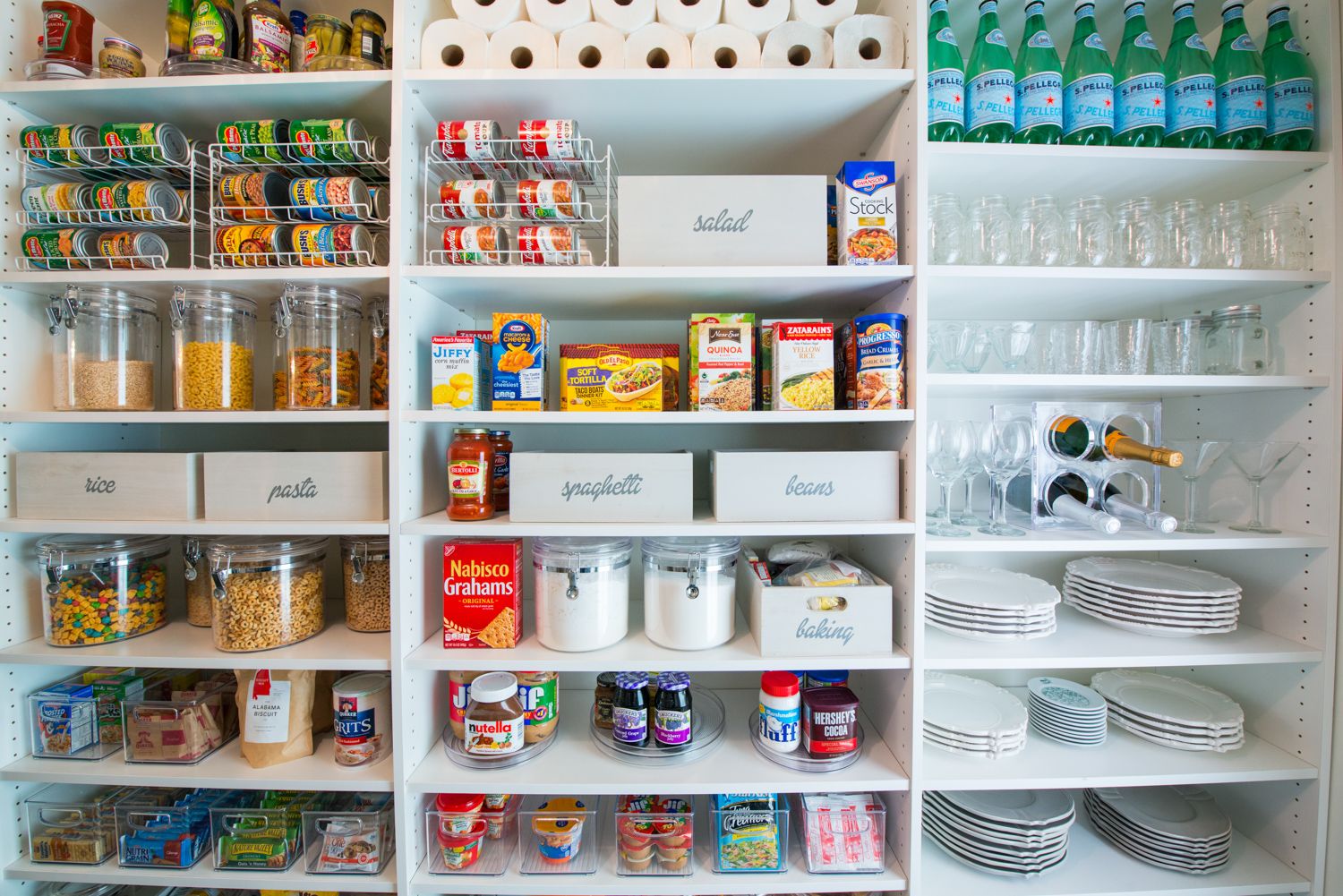
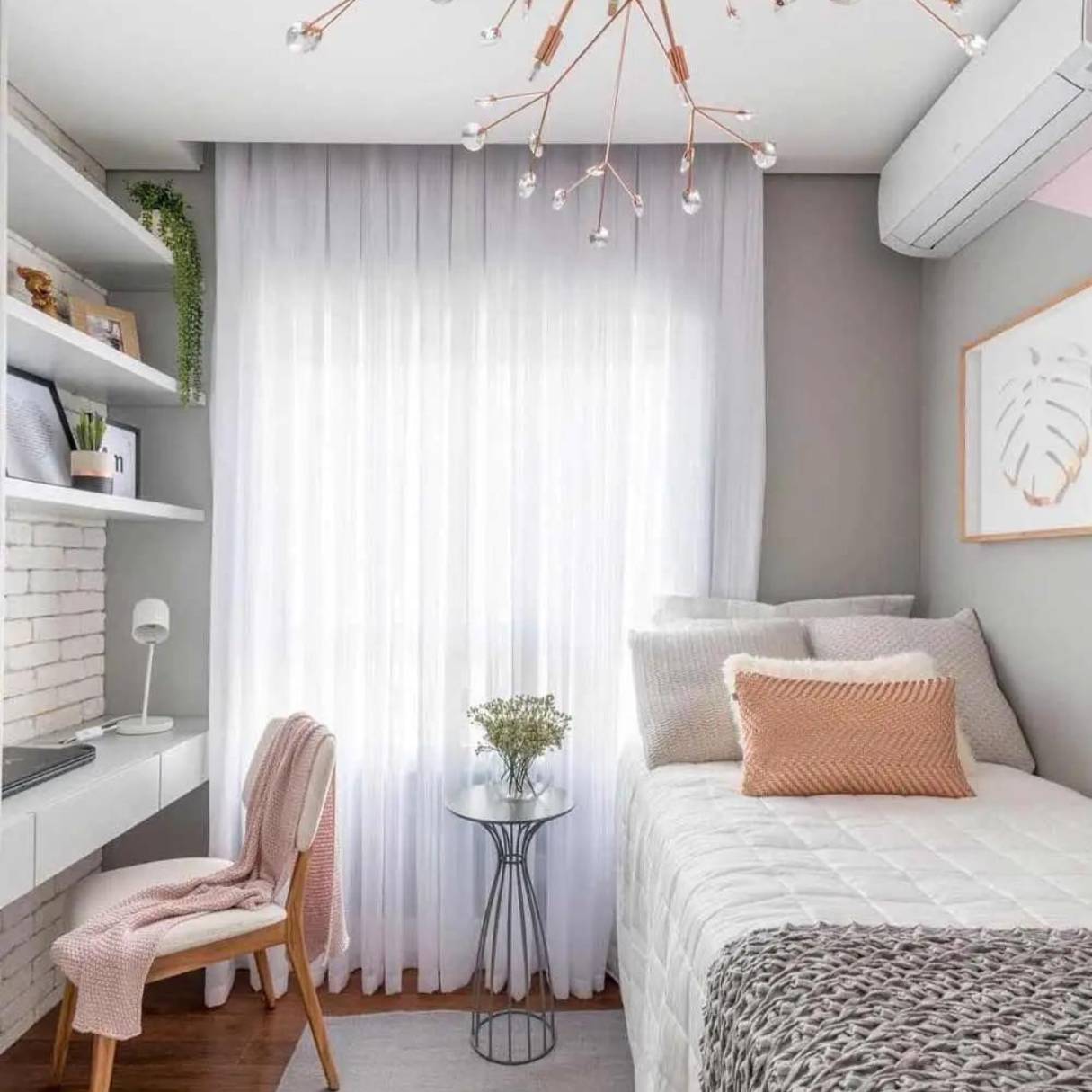
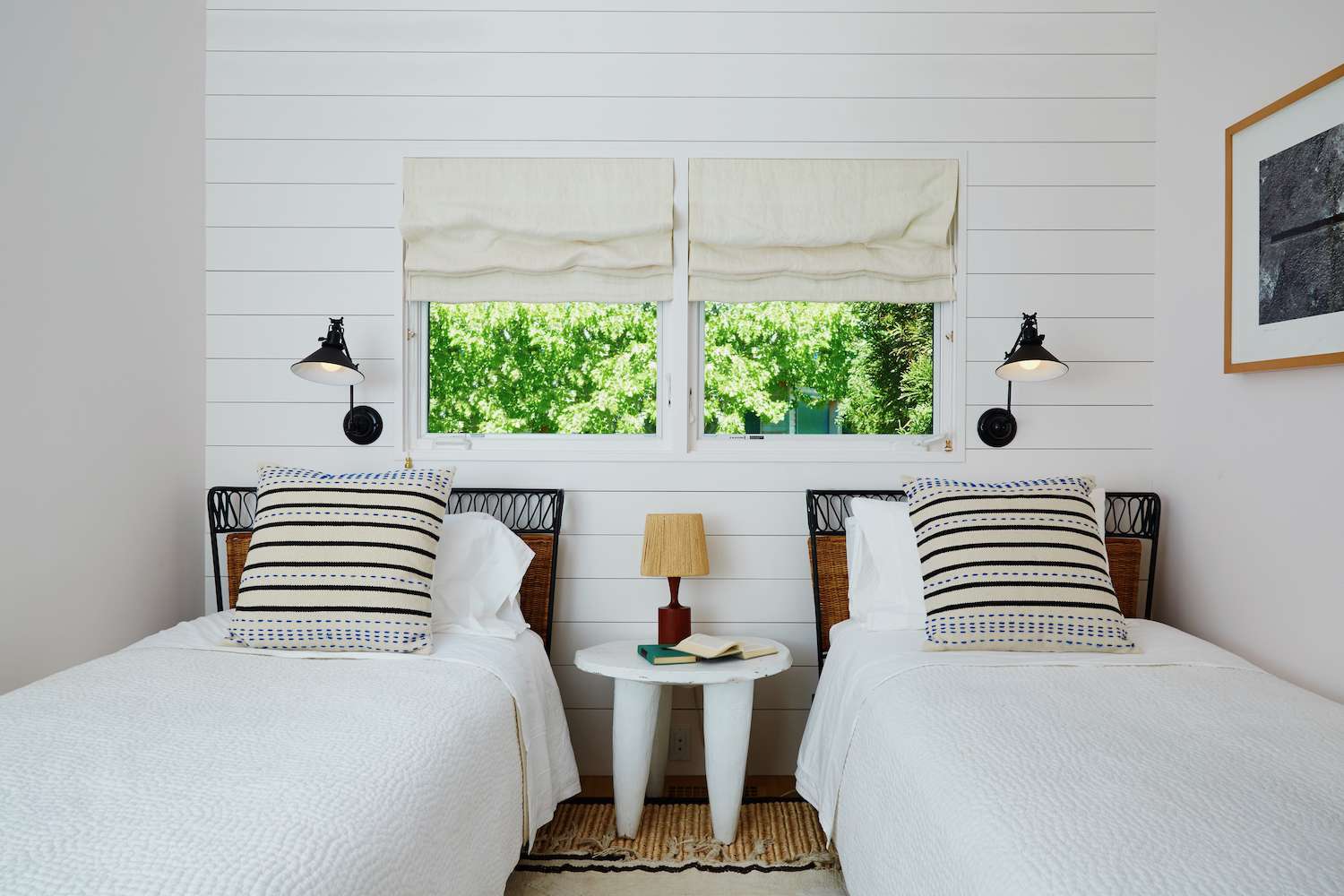
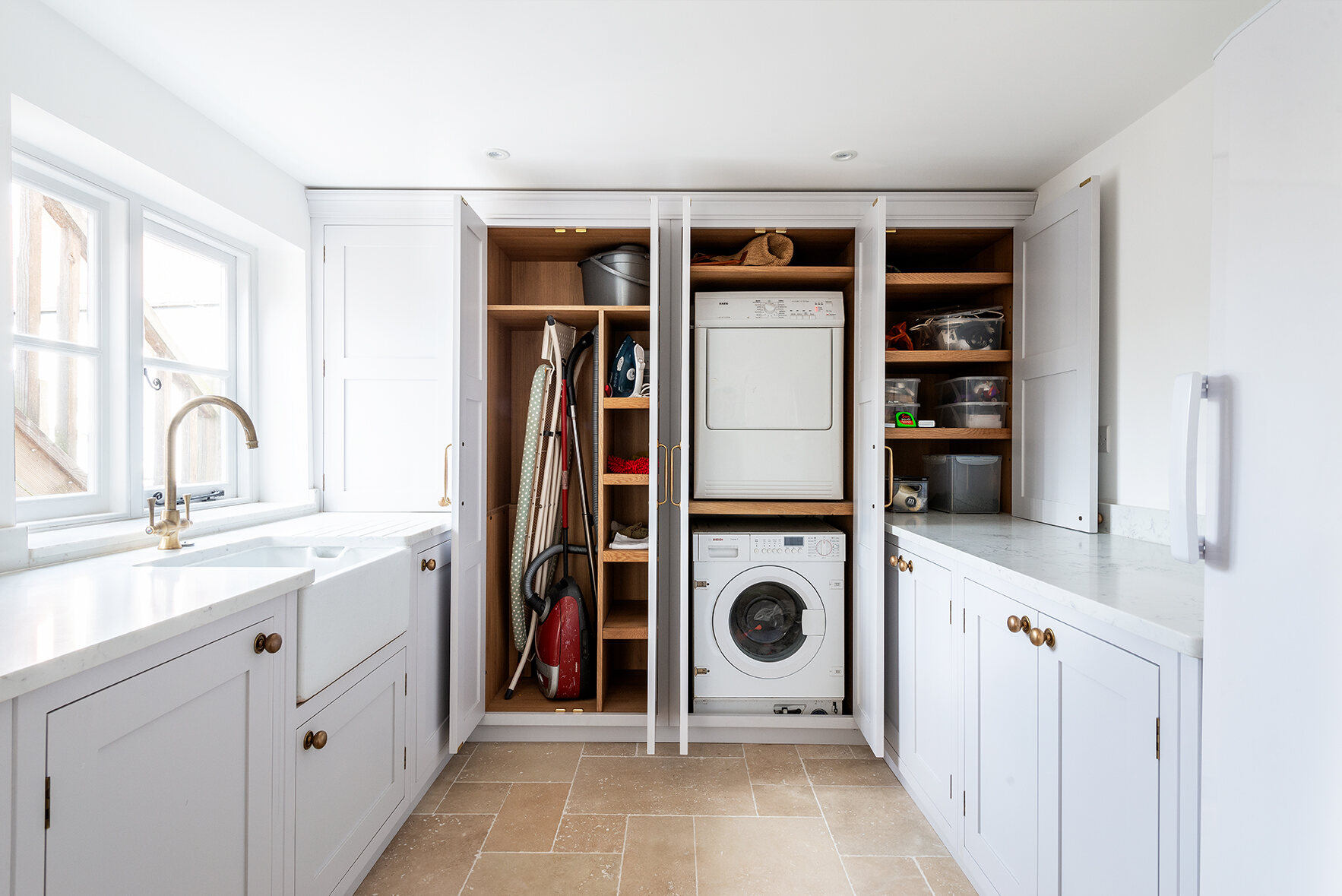

0 thoughts on “Small Front Garden Ideas: 15 Ways To Maximize Compact Spaces”